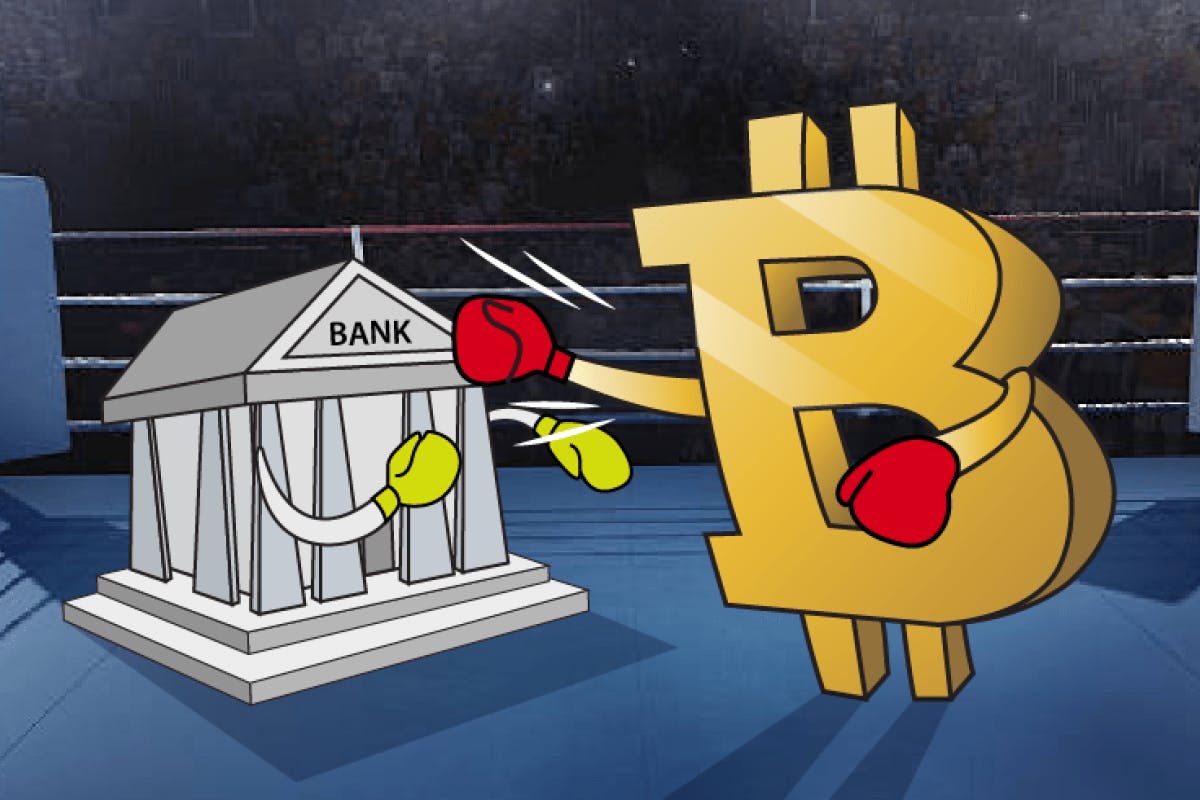Blockchain:
You’ve probably heard blockchain all over social media and in conversation but still don’t know what it does or means. Below I’ll explain what blockchain is and how it used within cryptocurrency.
Imagine you want to transfer some money to your family/friend, your bank will process the whole transaction and therefore save the information into their internal system. There is now one problem with this system.
Problem: Confidential information can potentially be leaked or even hacked. Solution: This is where the Blockchain comes in.

Think of blockchain as a Microsoft Excel spreadsheet. This file is shared among different networks and computers known as nodes, where everyone has a copy of it. MS Excel works with rows and columns, whereas blockchain works with blocks.
Let me explain what are these blocks?
Think of blockchain as a MS Excel spreadsheet. This file is shared among different networks and computers, where everyone has a copy of it. MS Excel works with rows and columns, whereas blockchain works with blocks.
What are these blocks?
A block is where digital information is stored and encrypted. These blocks are recognised by numbers that include meta data and are encrypted in the form of hashes. One thing to take a note on is that these blocks are linked to one another in chronological order.

The hash of each block is generated to include information from the current and past block creating the metadata for the next block. The metadata attached is used by nodes all over the world that are on the network to verify the data. Once it has been verified the new block will be added. The order of these blocks cannot be changed either making it secure and reliable.
Security of the blockchain
Every new block connected to the previous block strengethens the network. It connect to one another in a crytographic chain in such a way that its nearly impossible to tamper with. The only way to tamper with it would be taking over 51% of all nodes across the world, the 51% attack. This is when a person/group takes control over more then half of all the nodes scattered across the world in unknown locations. Having this control would mean the individuals have the ability to manipulate cryptocurrency transactions.
This is highly unlikely as you would need to be present at nearly 10,000 (as of 2022) location if it was the bitcoin network you were trying to hack.
This has been a brief overview of what blockchain can do and I hope you've learnt the fundamentals of it. There are tons of videos on Youtube and resources where it shows you the real world uses of blockchain such as storing health information on to the blockchain in the world of medicine.

